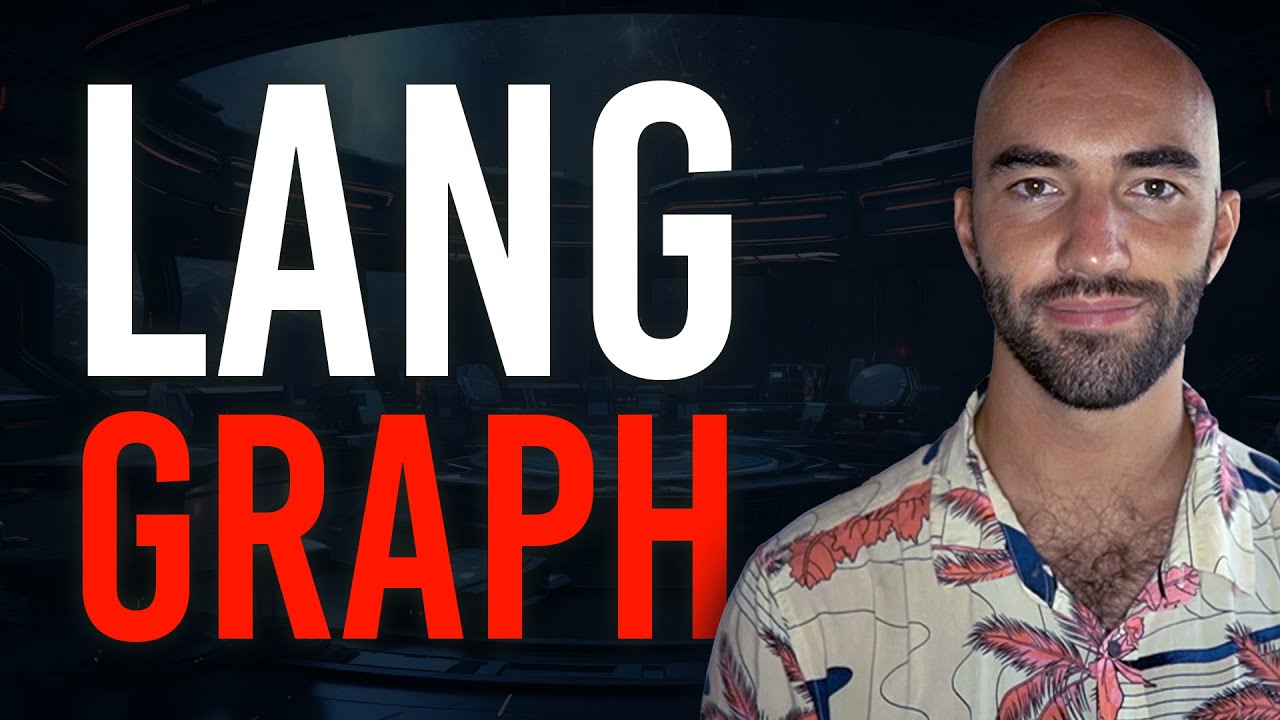The video introduces LangGraph, a library in the L-Chain ecosystem for building highly customizable agents represented as nodes connected by edges in a graph structure. The speaker prefers LangGraph over LangChain due to its powerful capabilities for creating agents with controlled decision-making processes in a more intuitive and extensible manner.
In the video, the speaker introduces LangGraph, a library within the L-Chain ecosystem that allows users to build highly customizable and flexible agents. The speaker believes that agents are the future of AI and compares LangGraph to LangChain, expressing a preference for LangGraph due to its powerful capabilities for building agents. LangGraph focuses on graphs, where agents are represented as nodes connected by edges, allowing for control over the flow of information and decisions made by the agent during its operation.
The speaker explains the concept of LangGraph using a simple graph example, illustrating how agents, tools, and functions are interconnected within the graph structure. Nodes represent different components such as agents, tools, and decision points, while edges connect these nodes to dictate the flow of information. Complex agents can be built using this graph framework, offering flexibility and ease of use compared to traditional methods.
The speaker provides a step-by-step guide on how to implement a basic agent using LangGraph in code. They demonstrate defining nodes for tools and agents, creating a graph state to store information, and constructing the graph by adding nodes, edges, and conditional branches. The speaker emphasizes the simplicity and extensibility of LangGraph, highlighting its intuitive approach to building agents and controlling their behavior.
Through examples like querying information about AI embeddings and handling errors in agent responses, the speaker showcases the functionality of the implemented agent using LangGraph. By enforcing structured outputs and guiding the agent’s decision-making process, LangGraph enables users to create custom agents tailored to specific tasks or requirements. The speaker concludes by expressing their preference for LangGraph over LangChain for building agents due to its refined logic and ease of use.
Overall, the video serves as an introductory guide to LangGraph, demonstrating its capabilities in building agents through graph-based structures. By leveraging nodes, edges, and conditional branches, users can design complex agents with controlled decision-making processes. LangGraph’s approach offers a more intuitive and extensible method for creating agents compared to traditional frameworks, making it a preferred choice for the speaker in developing AI solutions.
